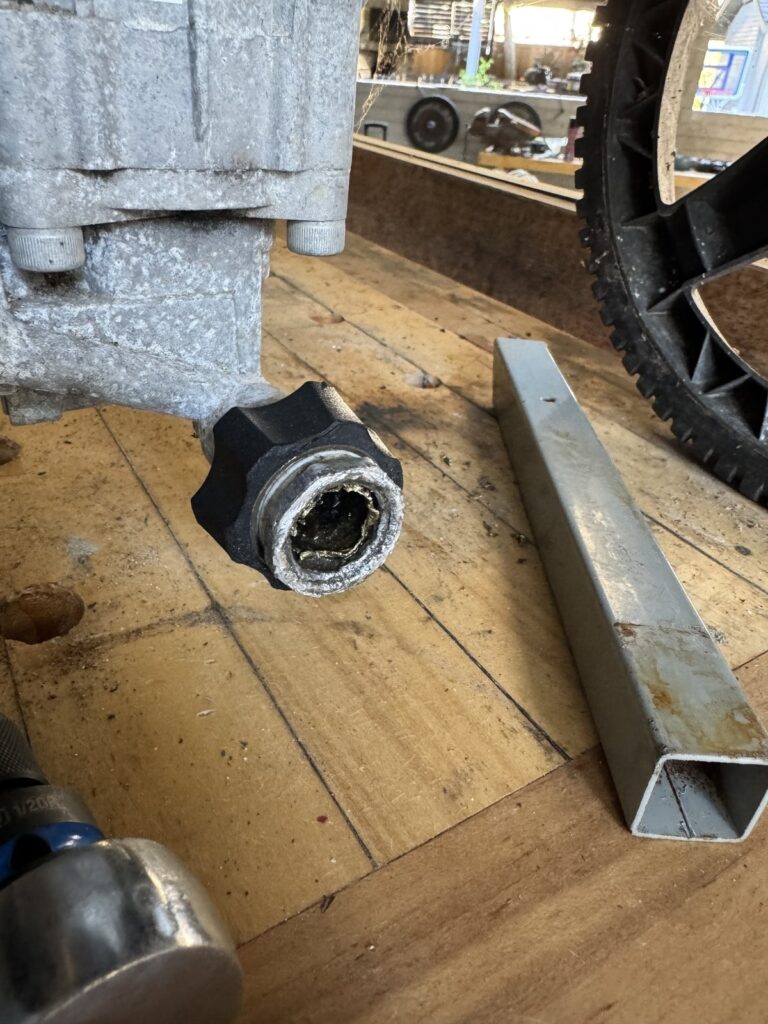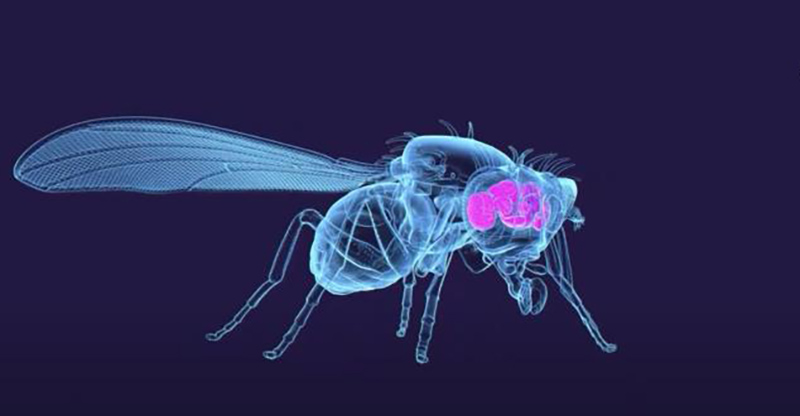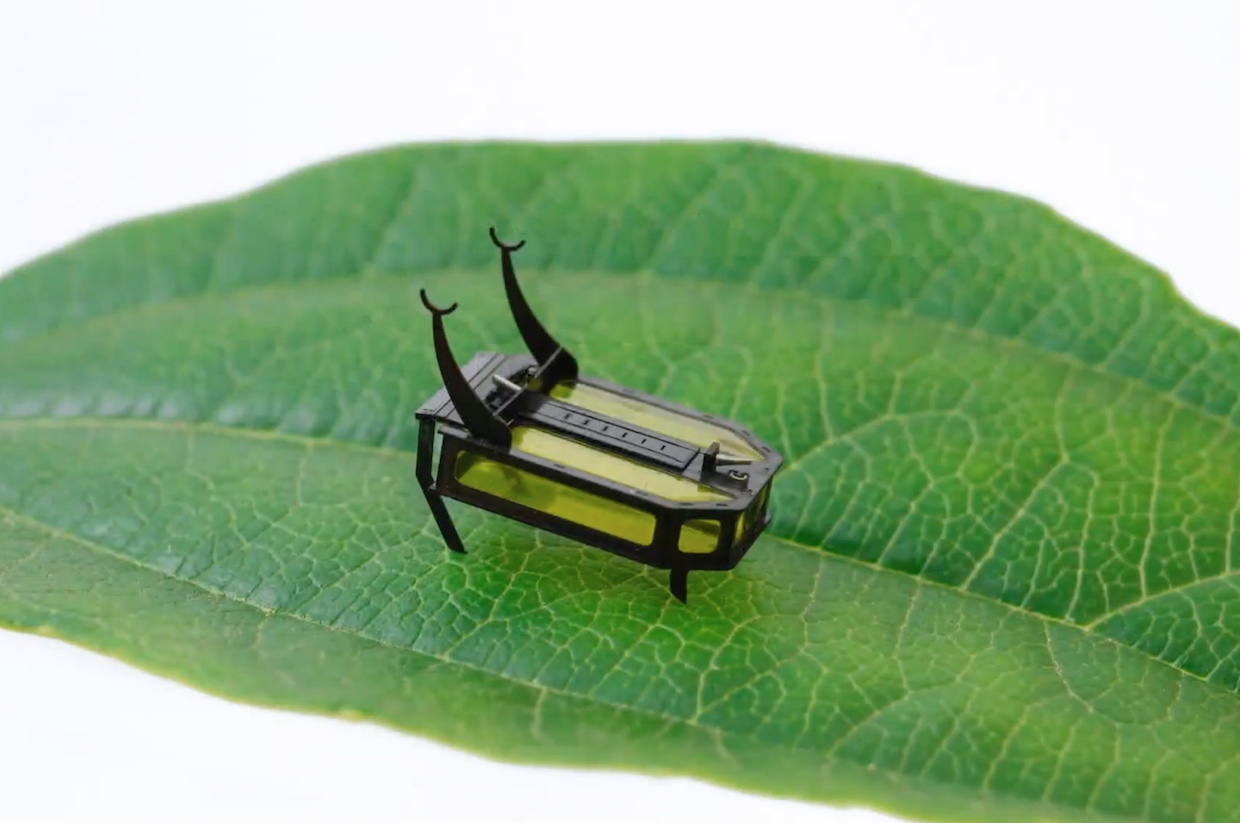
Race Report for 2025 Dallas Marathon
Dallas Marathon (Dallas, TX) 2025-12-14
I pulled my race data into a database and did a technical teardown: pacing, mile splits, and heart-rate drift, plus a practical diagnosis of what happened in the last ~2 miles and what I should train so the last 10K feels better next time. Running is a constant-improvement sport and the data reveal exactly what happened during the race and what I could do better.
Summary
Ran 3:22:21 for 26.21 miles, with a +2:22 positive split (1:40:00 / 1:42:22). For me that’s still a good marathon: controlled pacing for most of the day, normal HR drift, and then a legs-first fade late instead of a full aerobic collapse. This race was fun, with the first 24 miles just a pure joy, wanting to run faster. The last two just hurt and that is what I dig into here.
The top-line story is a modest positive split: 1:40:00 / 1:42:22. Heart rate drifted upward in the second half (normal), and the pace only really falls off in the final miles — which matches how it felt.
| Location | Dallas, TX |
|---|---|
| Date | 2025-12-14 |
| Start time | 2025-12-14 09:00 EST |
| Distance | 26.21 mi |
| Finish time (Workout.duration) | 3:22:21 |
| Moving time (Strava splits) | 3:22:22 |
| Elapsed time (Strava splits) | 3:24:02 |
| Elapsed time (stream timestamps) | 3:20:57 |
| Average pace (finish time) | 7:43/mi |
| Avg / Max HR | 151.7 / 172 |
| Elevation gain | 997 ft |
| Calories (Strava) | 3210 |
| Cadence (Strava) | 84.9 |
| Half split | 1:40:00 / 1:42:22 (Δ 142s) |
| Pace steadiness (miles 2–26) | 7:43/mi avg, 16.8s SD |
Notes: Strava cadence is often reported as half of total steps/min for running (device-dependent). Mile splits + charts here use Strava’s per-mile moving-time splits; my earlier stream-derived splits were wrong because the imported timestamp/distance stream starts late and undercounts elapsed time.
| Segment | Time | Avg Pace | Avg HR |
|---|---|---|---|
| First half | 1:40:00 | 7:38/mi | 146.5 |
| Second half | 1:42:22 | 7:49/mi | 156.7 |
Graphs
I’m mostly using these as a sanity check: if the pace line stays flat while HR drifts up, that’s normal marathon fatigue. If the pace line starts spiking up late while HR stops rising, that usually points to my legs being the limiter.
Mile Splits Table
My takeaway from the splits is “boringly consistent” for most of the day, with the meaningful slowdown concentrated late (miles 25–26). I’m including the full table because it’s the fastest way to see where the race actually changed.
Steadiness: miles 2–26 average pace 7:43/mi with split SD 16.8s. That’s a very controlled effort.
| Mile | Split | Pace | Cum Time | Avg HR |
|---|---|---|---|---|
| 1 | 7:35 | 7:35/mi | 7:35 | 131.4 |
| 2 | 7:37 | 7:36/mi | 15:12 | 143.3 |
| 3 | 7:39 | 7:39/mi | 22:51 | 149.4 |
| 4 | 7:34 | 7:35/mi | 30:25 | 144.0 |
| 5 | 7:38 | 7:37/mi | 38:03 | 148.8 |
| 6 | 7:45 | 7:46/mi | 45:48 | 149.1 |
| 7 | 7:44 | 7:44/mi | 53:32 | 147.8 |
| 8 | 7:31 | 7:31/mi | 1:01:03 | 148.5 |
| 9 | 7:35 | 7:35/mi | 1:08:38 | 148.1 |
| 10 | 7:33 | 7:34/mi | 1:16:11 | 143.2 |
| 11 | 7:46 | 7:45/mi | 1:23:57 | 150.6 |
| 12 | 7:44 | 7:45/mi | 1:31:41 | 148.1 |
| 13 | 7:29 | 7:29/mi | 1:39:10 | 151.4 |
| 14 | 7:40 | 7:40/mi | 1:46:50 | 151.9 |
| 15 | 7:42 | 7:42/mi | 1:54:32 | 151.7 |
| 16 | 7:35 | 7:35/mi | 2:02:07 | 153.2 |
| 17 | 7:37 | 7:36/mi | 2:09:44 | 155.5 |
| 18 | 7:38 | 7:38/mi | 2:17:22 | 156.3 |
| 19 | 8:00 | 8:00/mi | 2:25:22 | 158.5 |
| 20 | 7:37 | 7:38/mi | 2:32:59 | 163.7 |
| 21 | 7:29 | 7:28/mi | 2:40:28 | 163.1 |
| 22 | 7:19 | 7:19/mi | 2:47:47 | 161.4 |
| 23 | 7:38 | 7:38/mi | 2:55:25 | 160.3 |
| 24 | 7:54 | 7:53/mi | 3:03:19 | 157.5 |
| 25 | 8:17 | 8:17/mi | 3:11:36 | 153.7 |
| 26 | 8:45 | 8:45/mi | 3:20:21 | 152.7 |
| 27 (partial 0.212 mi) | 2:01 | 9:32/mi | 3:22:22 | 150.3 |
What Happened Late Race (the “legs got hard” part)
The race was controlled and just fun for a long time, but it’s a clear positive split overall, with the meaningful slowdown concentrated late. The final miles show a distinct pace drop while heart rate does not keep climbing. When my pace drops but HR doesn’t keep rising, I interpret that as a mechanical limiter: quads/calves/hip stability, stiffness, downhill damage, or just cumulative eccentric load — not a pure aerobic blow-up.
Concretely: I ran 1:40:00 / 1:42:22 (7:38/mi / 7:49/mi), and my average HR drifted from about 146.5 in the first half to about 156.7 in the second half — totally normal. The “it got really hard” part is still in the splits: mile 25 was 8:17 and mile 26 was 8:45, which are the slowest full miles.
Nutrition / Fueling Takeaways
I focused on nutrition, and the result strongly suggests it worked: a controlled marathon without a catastrophic fade is what good fueling often buys. I don’t have a precise gel-by-gel log in the data, but the next refinement is pretty standard and I can execute it intentionally next time.
My rule of thumb: start fueling earlier than I think I need to. The first hour protects the last hour. A reasonable target for a marathon effort is usually ~60–90g carbs/hour (gut tolerance dependent), and I want sodium/fluids consistent enough that I’m not inviting late cramping or that “stiff legs” feeling that shows up as pace decay.
Taper Autopsy
If I only look at the calendar, my taper looks reasonable. The DB says the last 14 days pre-race contained 35.2 miles across 14 run activities — but half of those are micro-activities (shorter than 0.75 miles or under 10 minutes). Filtering that noise out, I ran 31.5 “real” miles across 9 run-days in the final two weeks. That’s not “I stopped running.” It’s a normal reduction.
The more interesting story is intensity leakage. In the last 28 days pre-race, I logged three genuine stress runs at marathon-pace-ish or faster: D-22 was 18.14 miles at 7:45/mi (avg HR ~158), D-15 was 14.01 miles at 7:31/mi (avg HR ~154), and D-8 was 8.15 miles at 7:24/mi. Those aren’t insane workouts in isolation — but stacked inside the final three weeks, they make it harder to arrive with legs that feel springy at mile 25.
What I’d change next time: keep the routine the same, but back off the effort as race day gets close. Three weeks out is my last truly long run (18–20 miles, mostly easy, with a little marathon pace at the end only if I feel great). Two weeks out is a shorter long run (12–14) with just a small, controlled marathon‑pace segment, enough to stay sharp, not enough to beat up my legs. In the final 7–10 days, I want short reminders (strides and a few brief marathon‑pace reps), not an 8–10 mile run that quietly turns into a workout.
The point of taper isn’t to get fitter it’s to start the race rested enough to use the fitness I already built. That’s hard for me because I tend to do everything at full intensity, and I think that showed up here.
Actionable Next Steps (so the last 10K feels better)
My diagnosis is simple: my aerobic system was fine, but I didn’t have enough “fast running under fatigue” in the bank. The practical fix is to keep the long-run durability focus and add a repeatable dose of faster work (threshold and VO2-ish intervals) so marathon pace feels more like a gear I can hold late — not a gear I can hit early. That’s the missing piece when the last two miles went 8:17 and 8:45.
What my own training log says (DB-backed): in the 16 weeks before the race, I logged 399.3 miles of running (25.0 mpw average), but it was spiky (standard deviation 10.2 mpw; coefficient of variation 0.41), ranging from 8.6 miles in the lowest week to 46.9 miles in the biggest. I had 6 long runs ≥14 miles, only 3 ≥18, and just 1 ≥20 (a 23). That’s enough to run a respectable marathon, but it’s not a deep durability base for holding ~7:4x pace through mile 26, especially when some of the longest runs were already pretty demanding (e.g., 18.14 miles at 7:45/mi with avg HR ~158). My life is just too chaotic (travel every week, long hours and lots of different work from reserves to National Academies) and I needed to be more consistent to the plan versus lots of days of “let’s just get some miles in”.
What should have been different: fewer low weeks, more boring consistency. I want more weeks clustered in the 35–45 mpw range (instead of oscillating), plus one weekly threshold session and a long run that finishes at marathon pace every 2–3 weeks — while keeping the other long runs truly easy. In taper, I also want “pop without cost” (short marathon-pace touches + strides), not accidentally turning an 8–10 mile run into a sneaky hard effort. That combination is the cleanest way to make mile 25–26 feel like work instead of survival.
I’m not guessing on the “more speedwork” piece. A classic interval-training trial found that “High-aerobic intensity endurance interval training is significantly more effective than performing the same total work at either lactate threshold or at 70% HRmax, in improving VO2max” (Helgerud et al., 2007). A review on endurance determinants notes that “The speed at lactate threshold (LT) integrates all three of these variables and is the best physiological predictor of distance running performance” (Bassett & Howley, 2000). And on the durability/legs side, a strength-training review states: “Running economy is improved by performing combined endurance training with either heavy or explosive strength training” (Rønnestad & Mujika, 2014).
How I’m going to structure a typical week: two quality runs + one long run, with at least one truly easy day between stressors. If I’m stacking load (bigger mileage, more life stress, hot weather), I’ll run a two-week rotation and only do two hard sessions per week: one faster session + one long-run-specific session.
Workout 1: VO2-ish intervals (engine + form at speed): I’ll use the exact structure from that interval study because it’s simple and brutally effective: 4 × 4 minutes hard with 3 minutes easy jog recoveries (target ~90–95% HRmax by rep 2–3; pace usually around 3K–5K effort). Alternative when I want less strain: 6 × 3 minutes hard / 2 minutes easy, or 12 × 1 minute fast / 1 minute easy. Finish with 4–6 × 20s strides if my legs feel good.
Workout 2: Threshold / “comfortably hard” (raise the sustainable ceiling): this is the session I can hit almost every week without needing hero fitness. Options I like: 3 × 10 minutes at threshold with 2 minutes easy; 2 × 20 minutes at threshold with 3–5 minutes easy; or a steady 40-minute tempo if I’m in a good groove. Effort cue: strong, controlled, not gasping; I should finish thinking “I could do one more rep,” not “I’m cooked.”
Long run: specific durability (practice holding pace late): this is where I train the exact failure mode. The staple is a long run where marathon pace happens late, not early: 18–20 miles with the last 6–10 at marathon pace. If that’s too aggressive in a given week, I’ll do 3 × 4 miles at marathon pace inside a 20-miler (1 mile easy between), or a progression long run finishing the last 30–45 minutes at “steady/MP-ish.” The goal is to teach my legs to keep rhythm when they’d rather shuffle.
Strength (2×/week, short and non-negotiable): I’ll keep this boring and specific: split squats, step-downs, single-leg RDLs, calf raises (straight- and bent-knee), plus a little trunk/hip stability. Heavy-ish but clean reps, low volume, never to failure. The job is eccentric durability and stiffness, not soreness.
One constraint I’m going to respect: speedwork only helps if I absorb it. If my easy runs start drifting faster just to survive the week, I’ll cut volume before I cut quality, and I’ll keep at most two hard sessions in a 7-day window. Consistency beats a “perfect” spreadsheet week.
Overall, what a great day. I love marathon. I love the shared sacrifice, the distance, just long enough for a hard push. This time, I was a lot smarter with nutrition, getting in the miles and doing longer slow runs. Running and biking have been a consistent staple during an exceedingly chaotic time in my life and I’m super happy to have a nice race to end the season.




















